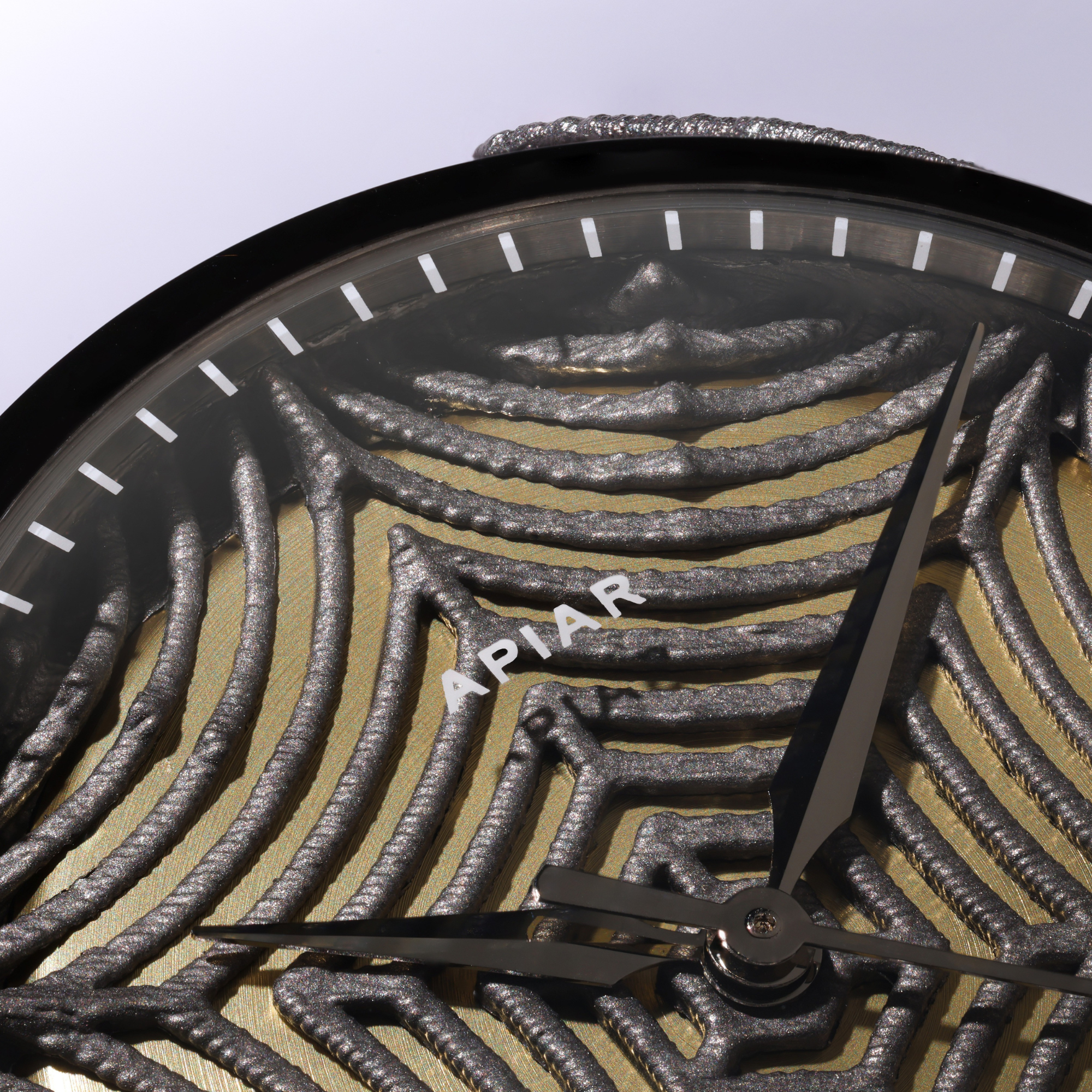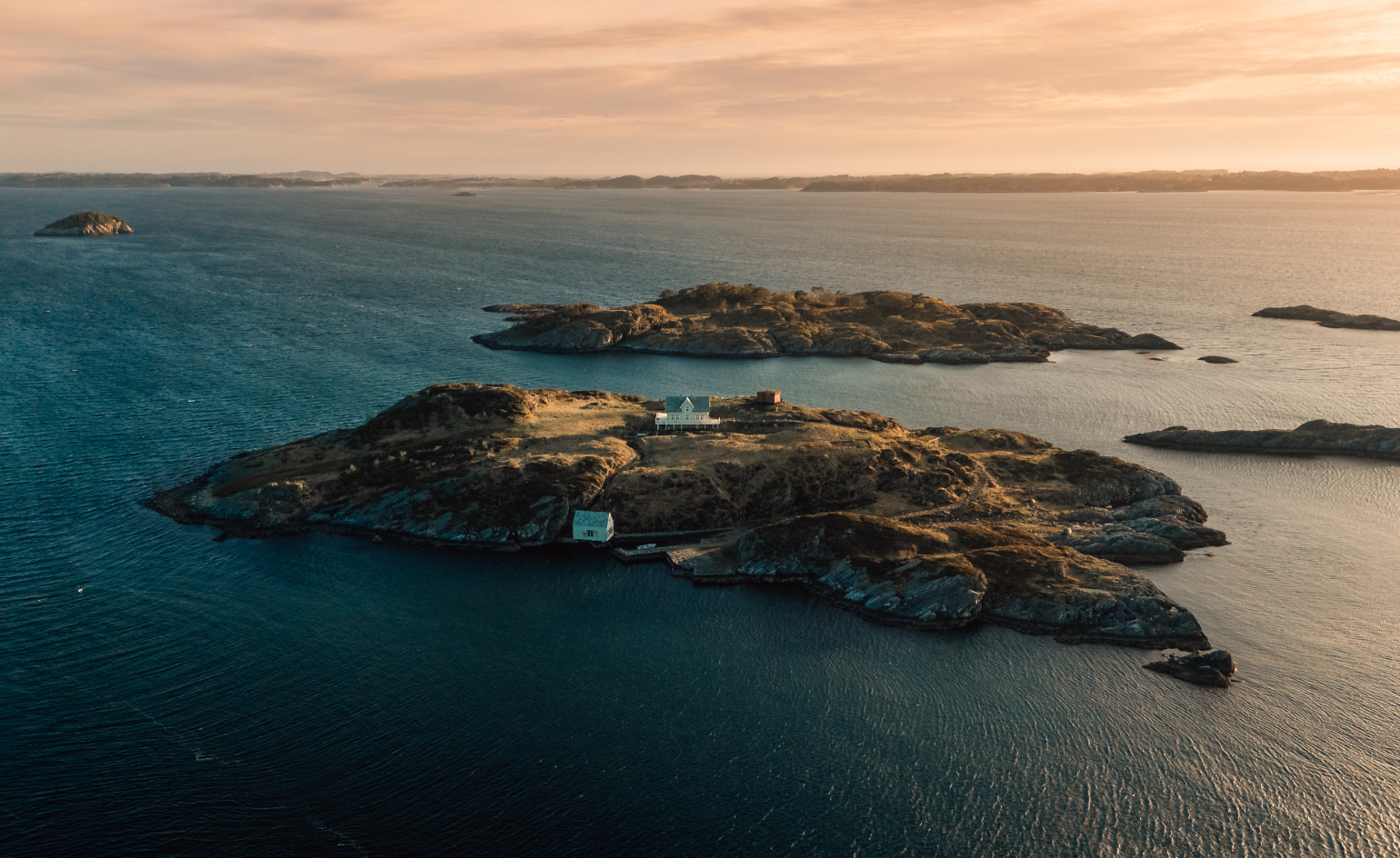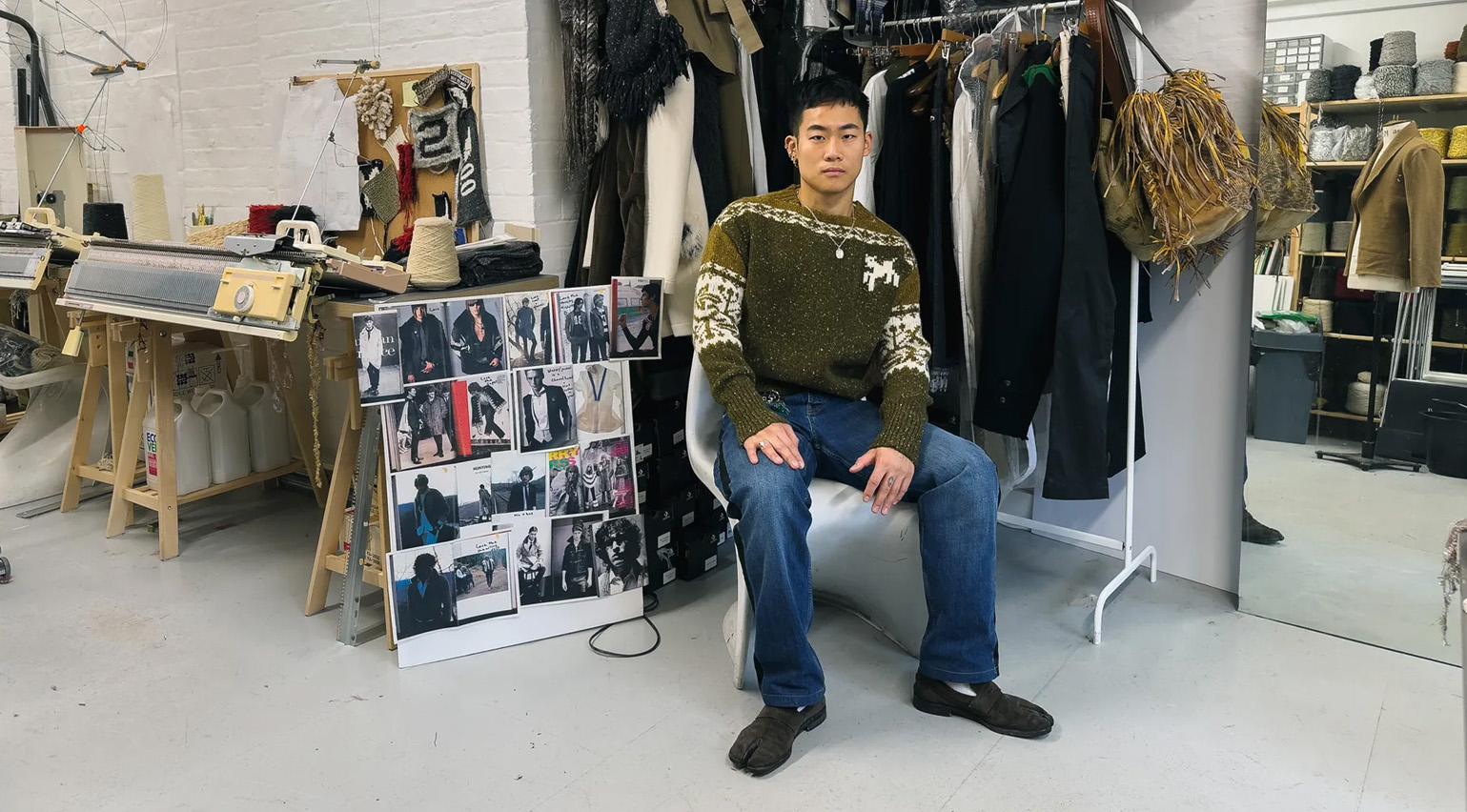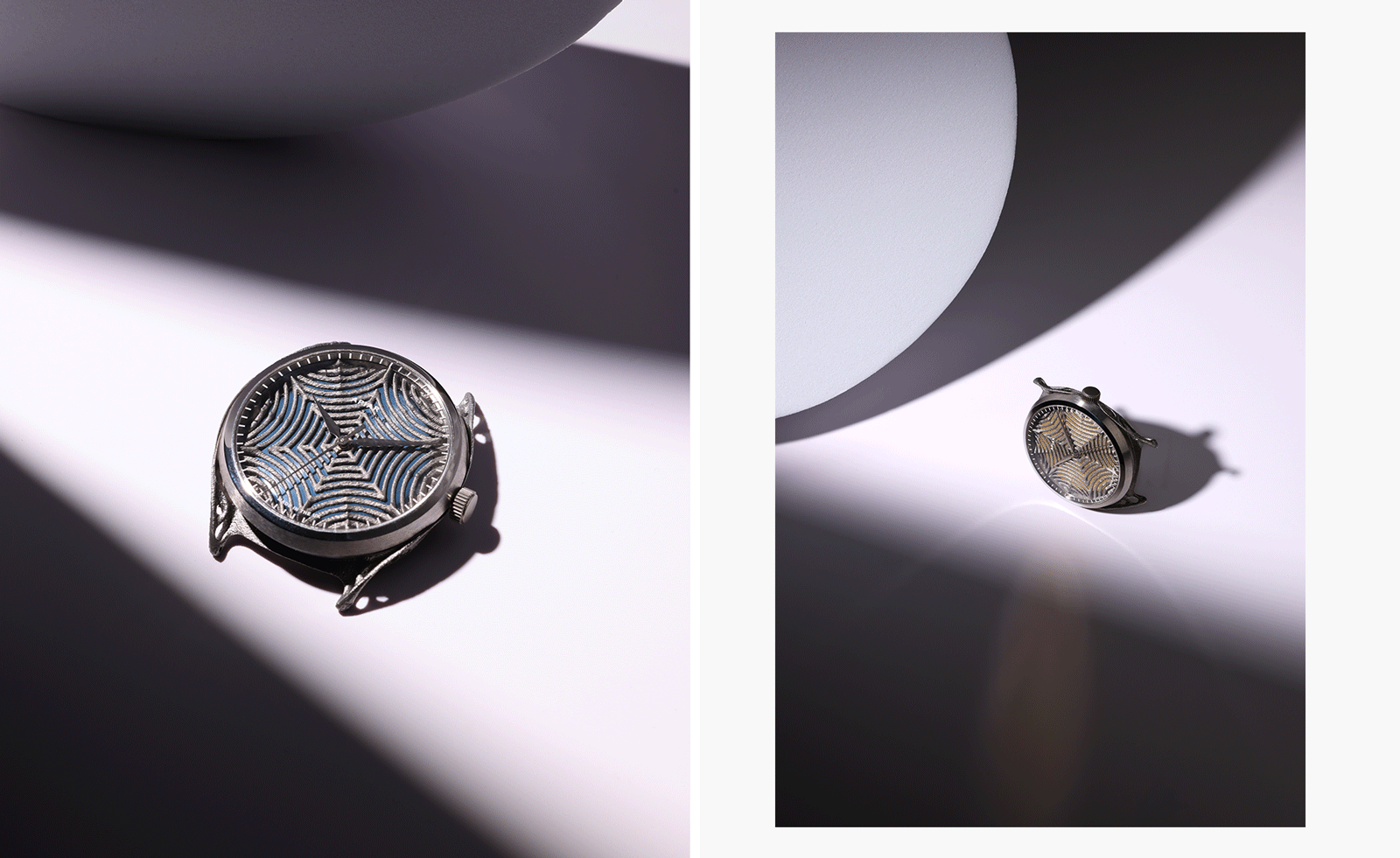The world's first 3D-printed watch is here (and it's surprisingly affordable)
In a world first, British watch brand Apiar debuts the 3D-printed Gen.1 watch
We associate 3D-printing with everything from illegal weaponry to design prototyping. However, in the traditional world of watchmaking, big brands are increasingly using 3D printing to assess sizing for watch cases and bracelet designs quickly. These designs, though, are made from artificial materials like plastics rather than metal. This is changing with brands like Apiar, one of only a few brands brands that push the boundaries of design, using locally sourced new technology and additive manufacturing.
Additive manufacturing is the umbrella term for creating three-dimensional forms by layering material, covering a range of techniques from binder jetting to material extrusion. 3D printing, meanwhile, refers specifically to producing physical objects from digital designs using a 3D printer. In essence, all 3D printing is additive manufacturing, but not all additive manufacturing is 3D printing – making the former a broader, more versatile realm of innovation.

Debuting this week is the 3D-printed watch Gen1.0 from Apiar. At first glance, the Gen1.0 has all the traits of a regular wristwatch in Apiar’s moody shots, but its textured, web-like case structure could only be made using generative design. While Dutch brand Holthinrichs has been making 3D-printed metal cases for some years now, Apiar goes further. In a world first, the Gen1.0 mid-case and dial are also being made through the same process, crafted in titanium and with two different colour choices visible through a textured, skeletonised dial, itself an integral part of the round case.
The metal used for Apiar’s new Gen1.0 is the strong yet light grade 5 and 23 titanium, with the bezel being the only part that is CNC machined rather than made through additive manufacturing. The result measures in at an eminently wearable 39mm, and comes with a traditional movement from La Joux-Perret.
Co- founder and operation director Sam White says: ‘I’ve always loved cars and watches, because they exist at the intersection of performance and beauty. Both are tools you can depend on, yet they’re also art forms you can admire. Additive manufacturing lets us push both sides of that equation, delivering components that perform at the highest level, but which are also inherently beautiful. We’re embracing that aesthetic potential, while never losing sight of the function that makes it all possible.’

Apiar’s approach is inherently sustainable, with the additive manufacturing process doing what its name implies, adding material where needed, rather than cutting away and discarding metal from solid blocks. ‘Additive manufacturing opens up our design canvas, allowing us to think, design, and create the Gen1.0 with geometries once considered impossible,’ says Matt Oosthuizen, co-founder and managing director. ‘These are complex, organic, and overlapping surfaces that a traditional CNC machinist would never attempt. By adding material only where it is needed, we achieve a far more efficient buy-to-fly ratio, with the Gen1.0 wasting just 14 grams of titanium across the midcase, dial, and caseback.’
With orders opening this week and priced at £2,250 incl.VAT, the Gen1.0, offers a glimpse into a more organically shaped future.
Receive our daily digest of inspiration, escapism and design stories from around the world direct to your inbox.
Thor Svaboe is a seasoned writer on watches, contributing to several UK publications including Oracle Time and GQ while being one of the editors at online magazine Fratello. As the only Norwegian who doesn’t own a pair of skis, he hibernates through the winter months with a finger on the horological pulse, and a penchant for independent watchmaking.
-
 Art and culture editor Hannah Silver's top ten interviews of 2025
Art and culture editor Hannah Silver's top ten interviews of 2025Glitching, coding and painting: 2025 has been a bumper year for art and culture. Here, Art and culture editor Hannah Silver selects her favourite moments
-
 In Norway, remoteness becomes the new luxury
In Norway, remoteness becomes the new luxuryAcross islands and fjords, a new wave of design-led hideaways is elevating remoteness into a refined, elemental form of luxury
-
 The rising style stars of 2026: Oscar Ouyang is taking knitwear into new realms
The rising style stars of 2026: Oscar Ouyang is taking knitwear into new realmsAs part of the January 2026 Next Generation issue of Wallpaper*, we meet fashion’s next generation. Born in Beijing, Central Saint Martins graduate Oscar Ouyang is inspired by anime, medieval folklore and his friends’ wardrobes
